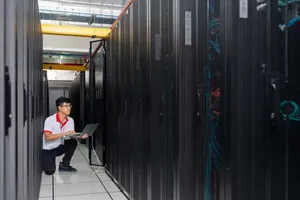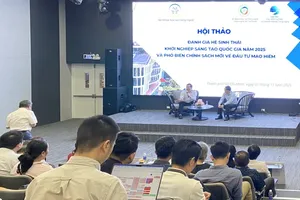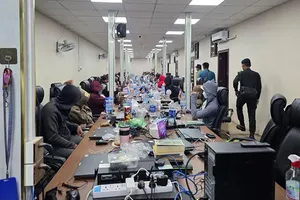
In the conference, Deputy Minister of Information and Communications Phan Tam reported that recently, the ICT industry has become one of the key field for economic growth in Vietnam thanks to its great contribution to the national budget, its large export value, and the high development rate.
From 2014-2019, the IT industry received a revenue of around US$110 billion.
Besides the three largest cities of Hanoi, Ho Chi Minh City, Da Nang City, 5 more namely Bac Ninh, Thai Nguyen, Bac Giang, Vinh Phuc Province and Hai Phong City, have entered the list of regions with a high ICT revenue of over US$1 billion. The 8 regions with more than 1,000 ICT businesses are Hanoi, Ho Chi Minh City, Da Nang City, the provinces of Bac Ninh, Dong Nai, Tay Ninh, Thua Thien – Hue, and Lang Son.
However, in the last two years, the IT industry has gradually displayed its weaknesses. Its income growth rate reduced in 2019 to 9.8 percent. The ICT industry still depends much on Foreign Direct Investment (FDI) businesses as these firms account for over 90 percent of IT export revenue. Domestic ICT companies are mostly responsible for low value added stages like hardware assembly lines, software developing. There are few Vietnamese ICT products on the market at the moment.
Therefore, to further develop the ICT industry in Vietnam, it is suggested that new mechanisms and policies should be introduced for businesses to participate in the electronic production chain; the role of job associations should be promoted; and a national steering committee on developing supporting industries for the electronic industry should be formed.
The Vietnam Software Association (VINASA) recommended to boost the number of small- and middle-scaled enterprises while considering startups a strong force for the growth of the ICT industry. The training task for users, businesses, and related organizations should also be focused to improve the quality.
MIC is suggested to cooperate with other ministries to prepare specific policies for each aspect of the ICT industry such as software, hardware, electronics, and digital content since each of them has its own requirements and special features.
























